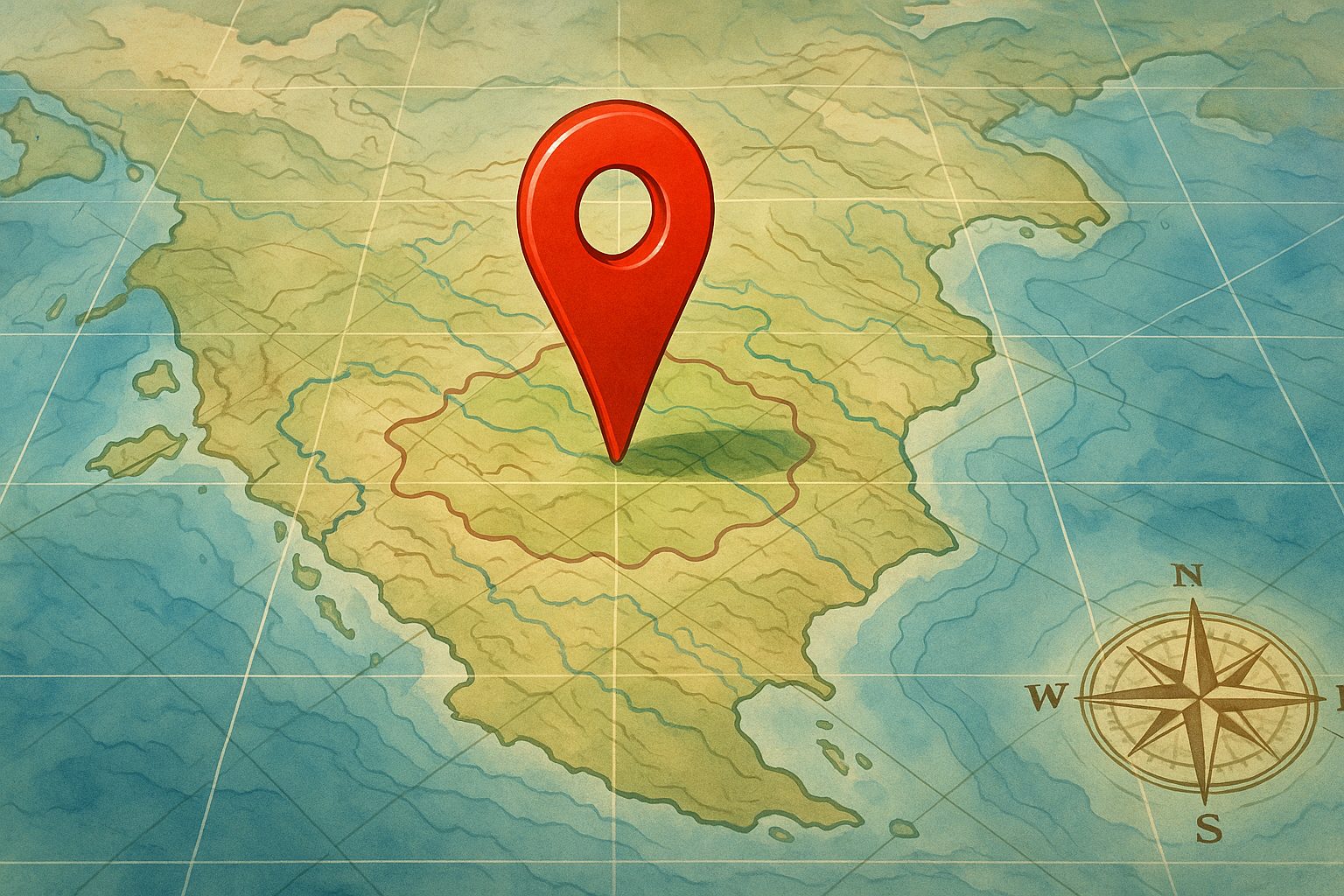Scientific and environmental rationale behind choosing these locations.
Case study areas: TULIP case studies are in two countries, the Philippines and Italy.
The Philippines: The selection criteria for the provinces are (i) a mixture of urban and rural communities, (ii) the presence of water bodies that people use for their activities (wetlands (NbS), coast areas, harbours, and canals; and possible entry to the ocean), (iii) presence of known sources of pollution, i.e. wastewater treatment plants, aquacultures, and farms, hospitals and clinics, (iv) experience of typhoon and flood-prone areas, and (v) presence of a tourism sector. In the selection, we aimed to avoid major tourist areas and reduce carbon emissions and operational costs of data collection. In the Philippines, we selected two provinces different in urbanization, anthropogenic activities and ecological disturbance, Pangasinan and Aurora. Pangasinan is a coastal province, considered the third biggest province in the whole Philippine archipelago. It is located in the western area of Luzon along Lingayen gulf and the West Philippine sea. It has a mixture of urban and rural towns. Normally, the dry season begins in November to April the wet season is from April through October. Typhoons intermittently wreak havoc with serious flooding in the eastern towns. Agricultural-based production remains a major source of income, and aqua-culture is popular in areas where instead of farmlands, variated squares of artificial ponds for fish rearing are found. Aurora is considered to be a more preserved location. Aurora is a coastal province located in the eastern part of the central Luzon region of the Philippines. Aurora is considered the gateway to the Pacific Ocean, because the coastal areas face the Pacific, it is frequently visited by typhoons. The Philippines lack recycling and sustainable management, with estimates ranging between 2.7 and 5.5 million metric tons generated each year, 20% of which leaks into the environment. With no interventions, mismanaged plastic waste could reach 9 million metric tons by 2040 and 11 million metric tons by 2060.
Italy: The study area will be the Tiber river basin, where the main tributaries are affected by heavy anthropogenic activities, such as urban areas causing the primary source of load contaminants. The Tiber River is the second largest river after the Po, rising on the slope of Monte Fumaiolo, a major summit of the Apennine Tosco-Emiliano, with a catchment area of 17,375 km2. The river is 405 km long and runs through four administrative regions from Emilia-Romagna, Tuscany, and Umbria Latium. The lower stretches of the Tiber flow through the city of Rome and the Tiber branches out into a delta, the main channel being the Fiumara (Fiumicino), the Tyrrhenian Sea. The anthropogenic activities that affect the water quality stem from industrial settlements such as steel mills, chemicals and paper mills. The uses of the water resources are multiple, with the direct use of the Appennine springs and the Lazio volcano lakes for the water supply of urban settlements and Rome. In terms of plastic pollution, a pilot boom system deployed in the Tiber mouth, near Fiumicino, South-West of Rome, has interceded 460 kg of floating debris in one month of operation. This litter would otherwise end-up in the marine environment. Around 50% of this debris was made of plastic. This illustrates the loads of plastic litter pollution that flow from land and are discharged into European seas via rivers. The Tiber was one of the rivers targeted by the European coordinated study that monitored several rivers for periods of one year (2016/2017, 2021/2022), recording floating litter (< 2.5 cm) items.
Referencen:
Crosti R, Arcangeli A, Campana I, Paraboschi M, González-Fernández D. ‘Down to the river’: amount, composition, and economic sector of litter entering the marine compartment, through the Tiber river in the Western Mediterranean Sea. Rendiconti Lincei Sci Fis E Nat. 2018 Dec 1;29(4):859–66.
Cesarini G, Crosti R, Secco S, Gallitelli L, Scalici M. From City to Sea: Spatiotemporal Dynamics of Floating Macrolitter in the Tiber River [Internet]. Rochester, NY; 2022 [cited 2023 Mar 23]. Available from: https://papers.ssrn.com/abstract=4177768

